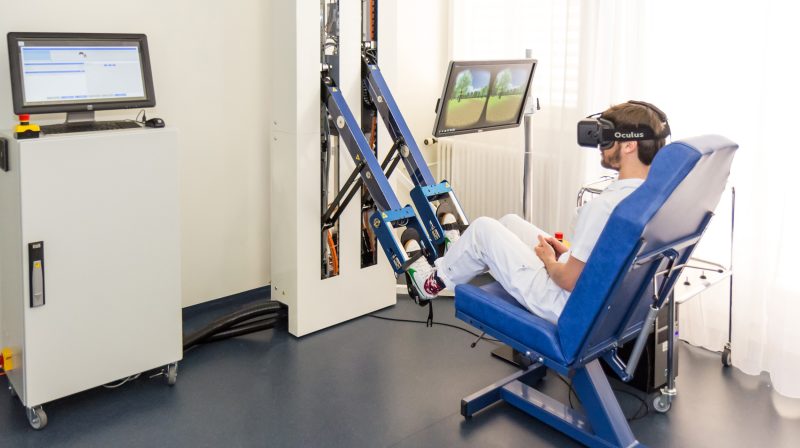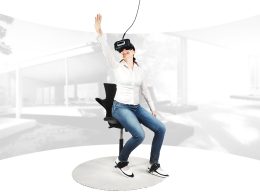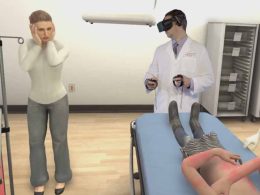Another company that we will be presenting at this year's VR Forum is - in addition to the many exhibitors active in the entertainment and art sector - active in the medical field. In 2008, the pioneering Swiss company VirtaMed has already launched the first virtual reality training simulator on the market: HystSim. It enables doctors to practise diagnostic and surgical procedures in the uterus in a risk-free environment before operating on real people. The UroSim was added in 2010: it enables doctors to practise prostate resection using a resectoscope or laser - endoscopically with access through the urethra.
The ArthroS simulator has been on the market since summer 2012. This enables complicated knee and soon shoulder arthroscopies to be practised. The PelvicSim, which is also used in the gynaecological field, has also been added. It has already been sold to the first training centres at almost supersonic speed. In addition to the Balgrist Hospital in Zurich, the simulators are used in hospitals in Germany and the United States.
The clip gives an insight.
So what is VR?
On the one hand, you can see here where VR can be used, but it's also a wonderful example of everything that goes under the heading of VR. This is because users only see the operation on a flat screen. It will be exciting to see how the Case at Inselspital in neurosurgery when mixed reality is added. I can well imagine that VirtaMed will have to develop in this direction in the future in order to keep up.
VR in rehab at Lambda
The company is also active in the medical field, but more in rehabilitation Lambda Health System from Yverdon-les-Bains. They were at the VR Forum with their leg training device. We spoke to them briefly. The aim of rehabilitation is to get patients to train and practise. In reality, however, progress is often almost impossible to see or feel. In VR, they can use gamification to help even the smallest progress make a big leap. We wrote about the use of VR in rehabilitation a few months ago. Physio Therapy written.
Hello fine coordination!
I tested the device on site, which was a mini version of the original. After placing my feet on the pedal, I had to steer a ball by accelerating and pressing more on my left or right foot, depending on the situation. The game was extremely finely tuned and I really struggled. In another game, I had to steer a spaceship through a tunnel of rings.
After the test, I can well imagine that playful practice is fun for many patients and keeps them motivated.
Source cover picture: Lambda









